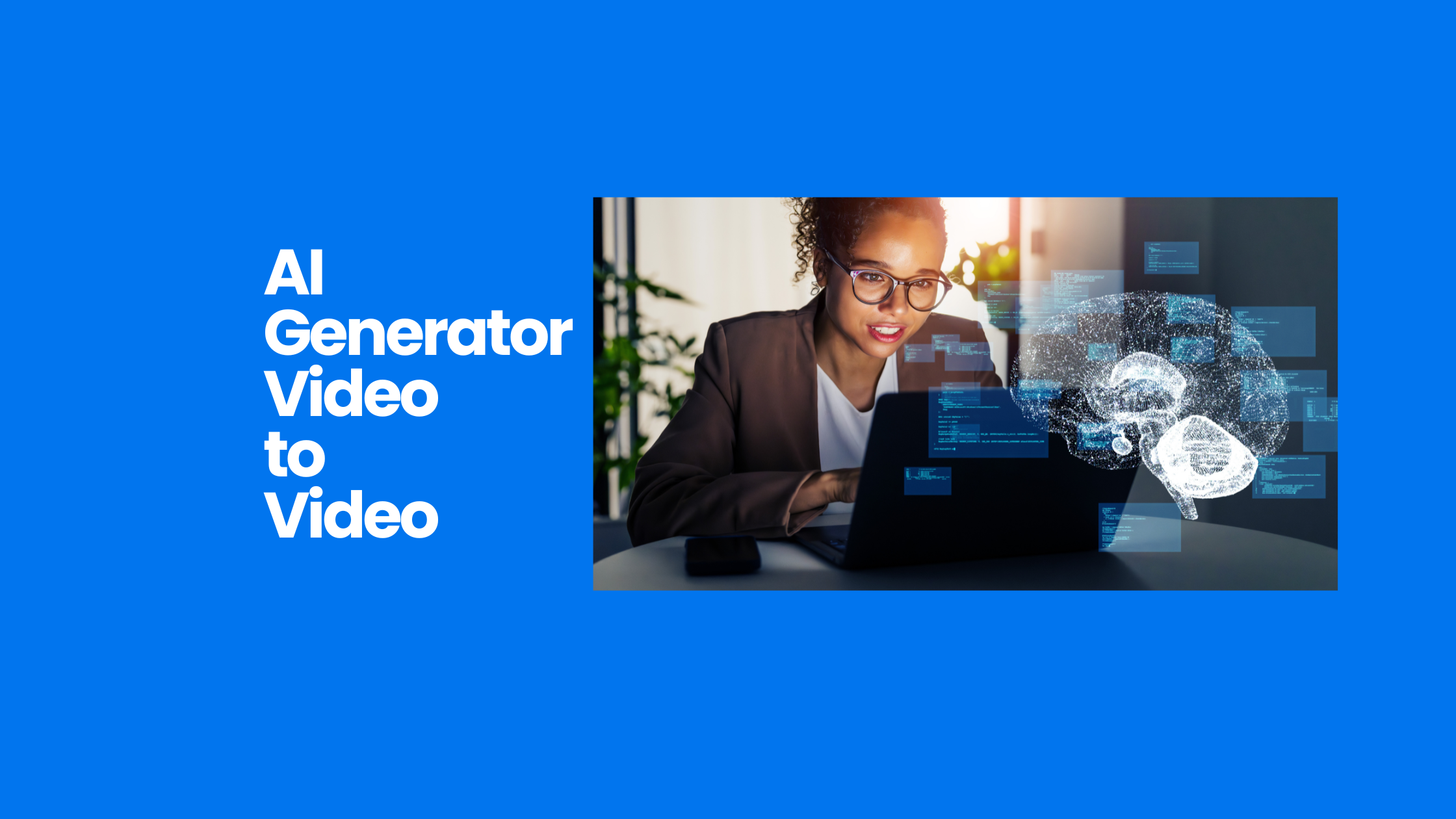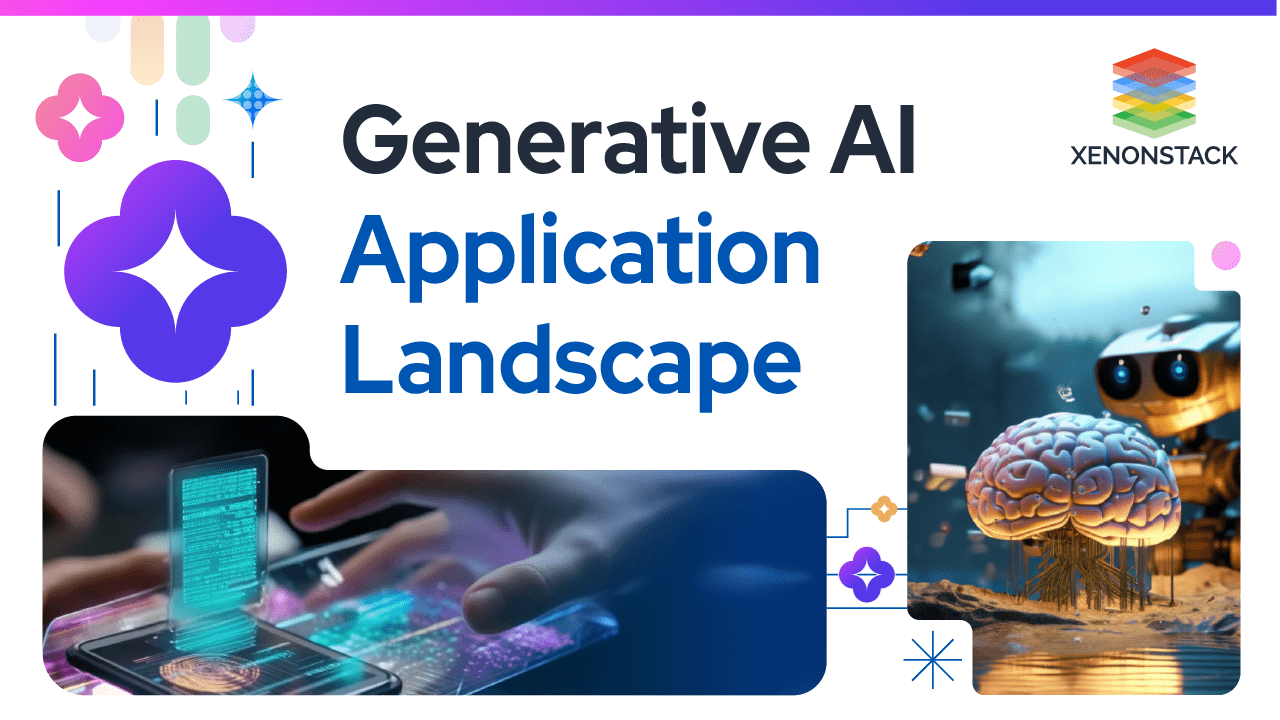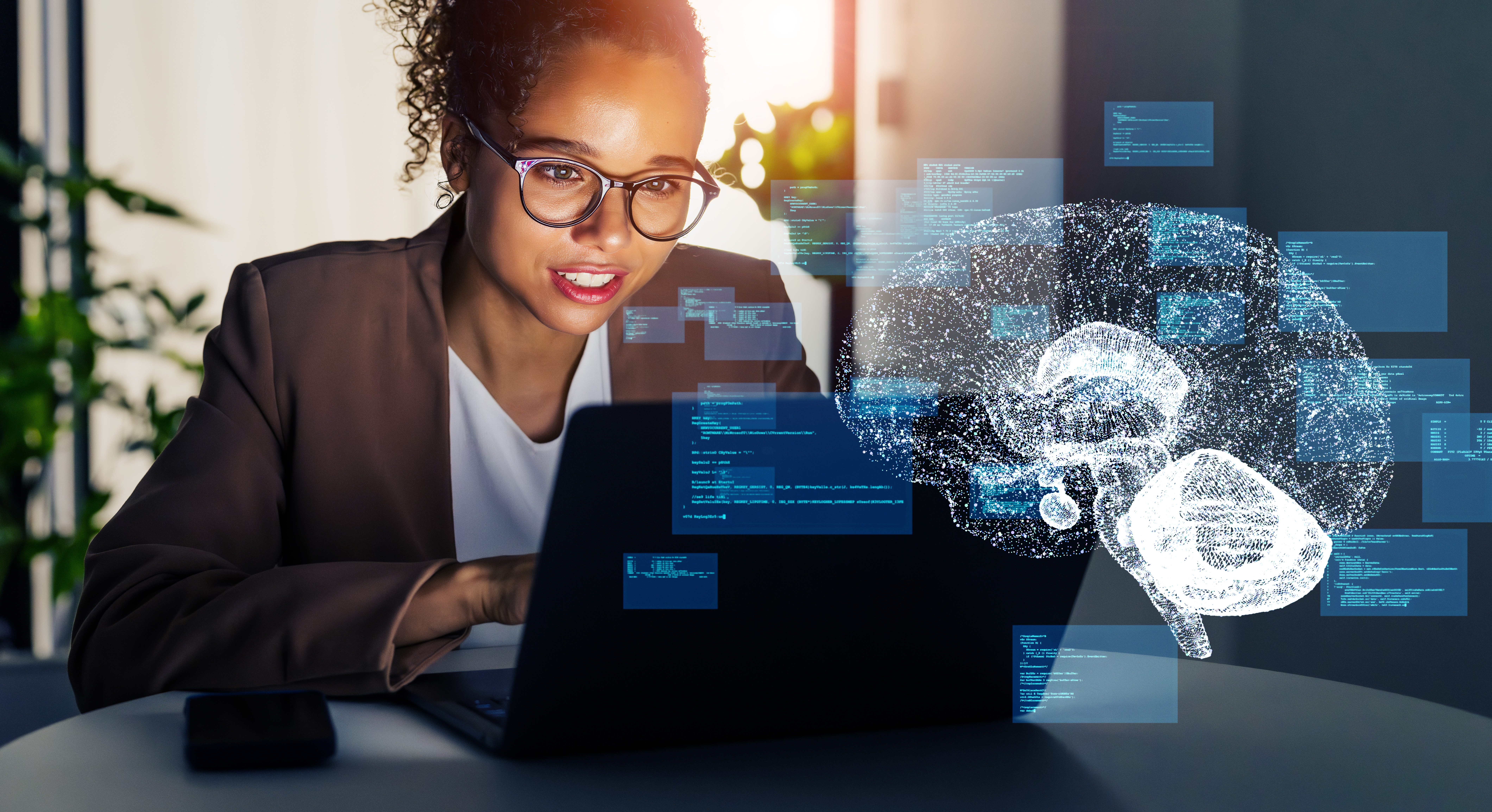
AI Generator Video to Video: Transform Footage with Cutting-Edge AI Tools
- Video Generators
- October 29, 2024
- No Comments
AI generator video to video is a fascinating intersection of artificial intelligence and visual media, reshaping how we create and consume content. Through the use of advanced algorithms and machine learning techniques, these AI systems can analyze existing video footage and generate new videos that are either variations or entirely different representations of the original material. This technology enables creators to explore novel forms of storytelling, artistic expression, and even commercial applications. As we delve deeper into this topic, we will cover various aspects of AI-generated video content, including its underlying technology, practical applications, ethical considerations, and the future landscape of the industry.
Understanding the Technology Behind AI Video Generation

The foundation of AI video generation rests on several key technologies that work in harmony to enable this innovative process. By exploring these components, we can better appreciate how they contribute to the creation of compelling video content.
Machine Learning Algorithms
Machine learning algorithms form the backbone of AI video generation. These algorithms learn from vast datasets of existing video content, analyzing patterns, styles, and structures.
Through training, the algorithms develop the ability to recognize specific elements within videos, such as scenes, movements, and transitions. This enables the AI to deconstruct video into its constituent parts, allowing it to manipulate or recreate them in new ways.
Moreover, these algorithms can be categorized into supervised and unsupervised learning approaches. In supervised learning, the algorithm is fed labeled data, while in unsupervised learning, it identifies patterns without explicit guidance. Both methods play an essential role in enhancing the AI’s understanding of video content, contributing to more sophisticated outputs.
Neural Networks and Deep Learning
At the heart of many AI video generators lies deep learning, particularly convolutional neural networks (CNNs). CNNs excel at processing visual information, making them ideal for tasks involving image and video data.
In video generation, these neural networks can capture spatial hierarchies and temporal dynamics. For instance, a CNN can understand how objects move across frames and how various visual elements interact over time, thereby generating coherent and contextually relevant videos.
Recent advancements in Generative Adversarial Networks (GANs) have also transformed the landscape of AI-generated media. GANs consist of two competing neural networks: a generator that creates new data and a discriminator that evaluates its authenticity. The interplay between these networks leads to the generation of high-quality videos that often surpass previous benchmarks in realism and creativity.
Style Transfer Techniques
One of the most exciting aspects of AI video generation is the ability to apply style transfer techniques. This involves taking the aesthetic characteristics of one video and applying them to another, resulting in visually captivating transformations.
For example, an AI system can take a mundane video and reimagine it in the style of famous artists, animated films, or even other video genres. Style transfer not only broadens the creative possibilities but also allows for unique storytelling approaches that challenge traditional norms.
Incorporating these techniques can lead to the emergence of entirely new genres of content, as creatives are no longer limited to conventional filmmaking practices. This fusion of technology and artistry brings forth opportunities for exploration and innovation.
Practical Applications of AI Video Generation

As the technology behind AI generator video to video continues to evolve, its practical applications have expanded dramatically. From entertainment to education, businesses are leveraging this technology to enhance their offerings and engage audiences in novel ways.
Entertainment and Content Creation
In the realm of entertainment, AI-generated videos are revolutionizing content creation. Filmmakers and animators are increasingly experimenting with AI to streamline their production processes and push creative boundaries.
For instance, AI tools can help generate storyboards or concept videos, allowing creators to visualize their ideas before committing extensive resources to filming. Additionally, AI can assist in editing tasks by automatically identifying the best takes, cutting unnecessary footage, and even suggesting music or sound effects that complement the visuals.
Moreover, AI’s ability to generate engaging digital characters opens up new avenues for storytelling. Animated shows and films can feature lifelike characters that evolve based on audience interaction or feedback, creating a unique viewing experience tailored to individual preferences.
Marketing and Advertising
Businesses are also harnessing the power of AI-generated videos to enhance their marketing strategies. Personalized video content can significantly boost engagement rates, as tailor-made messages resonate more deeply with viewers.
Using AI, marketers can analyze consumer data to create targeted video campaigns. For instance, an AI system might generate promotional videos that adapt dynamically based on user behavior, demographics, or interests. This level of personalization ensures that marketing efforts are more effective and relevant, ultimately leading to higher conversion rates.
Additionally, the rapid generation of video content can help brands stay ahead of trends and maintain a consistent online presence. With the demand for fresh and engaging content growing, AI offers a solution to meet this need efficiently.
Education and Training
AI-generated videos are also making waves in the field of education and training. Educators are using this technology to create interactive learning materials that cater to diverse learning styles and preferences.
For example, instructional videos can be generated that adapt in real-time based on student performance and engagement levels. This personalized approach enhances the learning experience, enabling students to grasp complex concepts more effectively.
Furthermore, organizations can utilize AI-generated training materials to onboard new employees more efficiently. Custom training videos can provide scenarios and simulations that help employees develop necessary skills while engaging them in a dynamic way.
Ethical Considerations in AI Video Generation

As with any emerging technology, the rise of AI generator video to video raises important ethical considerations. It is crucial to address these issues to ensure responsible and sustainable use of AI in the video content landscape.
Intellectual Property Rights
One of the most significant ethical challenges surrounding AI-generated videos is the question of intellectual property rights. When AI systems create new content based on existing works, who owns that content?
This dilemma becomes particularly complex when considering the extent to which AI relies on pre-existing footage for training. If an AI generates a video that closely resembles an original piece, the lines between inspiration and infringement blur, leading to potential legal disputes.
To navigate this issue, policymakers, educators, and industry leaders must collaboratively establish guidelines that balance innovation with fair compensation for creators. Developing clear frameworks will help protect intellectual property while fostering creativity and growth in the industry.
Misinformation and Deepfakes
The capabilities of AI-generated videos also raise concerns about misinformation and deepfake technology. While these advancements offer exciting creative potential, they can also be exploited to create misleading or harmful content.
Deepfakes, which involve manipulating videos to create hyper-realistic yet false portrayals, pose serious threats to personal reputations, privacy, and even national security. As AI tools become more accessible, the risk of misuse escalates, necessitating urgent discussions around regulation and ethical standards.
Creating mechanisms to verify the authenticity of video content becomes crucial in combating misinformation. Media literacy initiatives can also empower audiences to critically assess the veracity of what they consume, fostering a more informed public discourse.
Accountability and Transparency
With the increasing integration of AI in video generation, questions arise regarding accountability and transparency. If an AI-generated video causes harm or misrepresents an individual or event, who bears responsibility?
Establishing clear guidelines surrounding accountability is vital for fostering trust in AI-generated content. Developers should prioritize transparency in their algorithms, ensuring that users understand how decisions are made and what data drives those choices.
Moreover, promoting open dialogue about the ethical implications of AI in creative spaces can help ensure that stakeholders remain proactive in addressing emerging challenges.
FAQs
What is an AI generator video to video?
An AI generator video to video refers to the use of artificial intelligence algorithms and machine learning techniques to create new videos based on existing footage. This technology can analyze visual elements, styles, and narratives to produce innovative video content.
How does AI-generated video technology work?
AI-generated video technology typically employs machine learning algorithms, neural networks, and style transfer techniques. These components allow the AI to learn from existing footage, analyze patterns, and generate new videos that could be variations or adaptations of the original material.
What are some common applications of AI-generated videos?
Common applications of AI-generated videos include entertainment content creation, personalized marketing campaigns, educational materials, and training simulations. Businesses and creators leverage this technology to engage audiences and enhance their offerings in innovative ways.
What ethical concerns are associated with AI-generated videos?
Ethical concerns surrounding AI-generated videos include intellectual property rights, the potential for misinformation and deepfakes, and accountability for generated content. Addressing these issues is essential for responsible and sustainable use of AI in the video content landscape.
Can AI-generated videos replace human creators?
While AI-generated videos can augment and enhance the creative process, they are unlikely to fully replace human creators. AI excels at pattern recognition and replication but lacks the emotional depth, intuition, and nuanced understanding of storytelling that human artists bring to their work.
“Want to explore further? Dive into our companion article for deeper insights into Best Tools For Image Generation. Plus, check out our latest blog post for additional perspectives on [Topic]. Keep discovering with us!”
Conclusion
The emergence of AI generator video to video technology signifies a paradigm shift in the creative landscape, offering unprecedented opportunities for innovation and expression. As we continue to explore the potential of AI in video generation, it is essential to consider the ethical implications and challenges that accompany this powerful tool. Balancing technological advancement with responsible practices will pave the way for a future where AI complements and enriches human creativity rather than undermining it. With careful consideration and collaboration among industry stakeholders, we can harness the transformative potential of AI-generated videos to create compelling narratives, foster new forms of artistic expression, and engage audiences like never before.
Looking to learn more? Dive into our related article for in-depth insights into the Best Tools For Image Generation. Plus, discover more in our latest blog post on Top AI Writing Tools . Keep exploring with us!
Related Tools:
Image Generation Tools
Video Generators
Productivity Tools
Design Generation Tools
Music Generation Tools
For more AI tools, explore all categories by clicking here.
